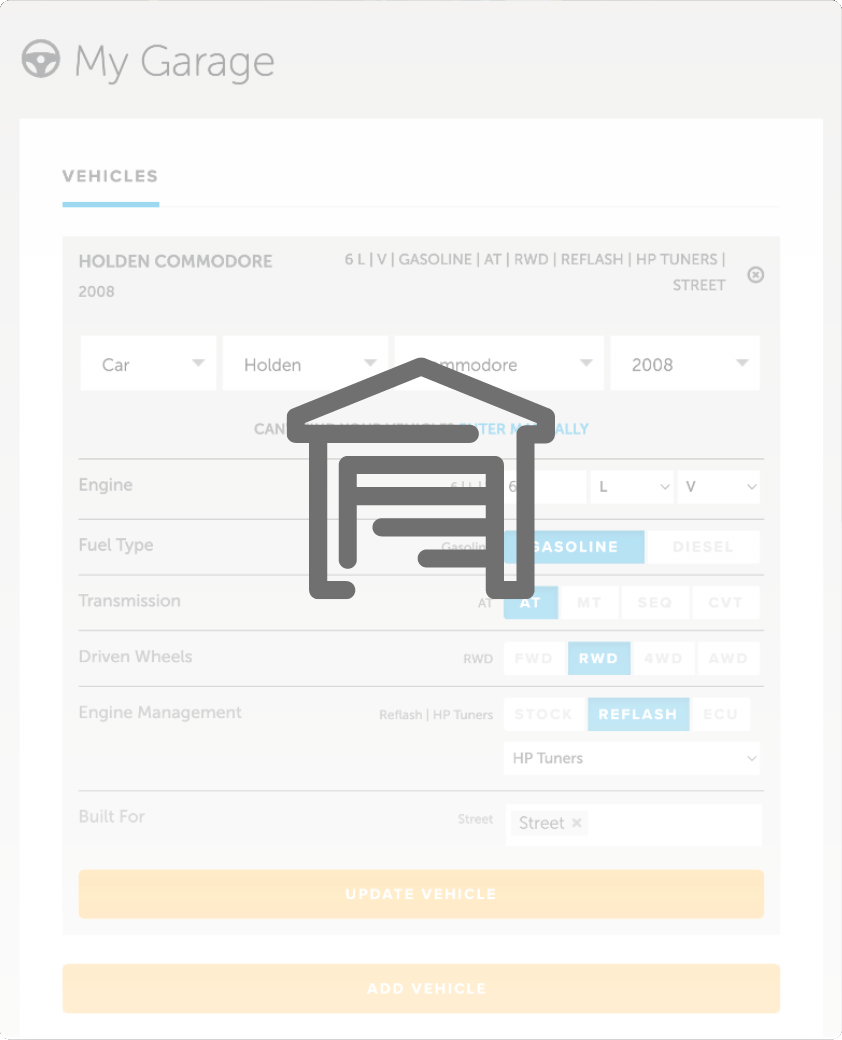La ÚNICA opción para controlar el ralentí | ¿Existe?
Resumen
¿Existe un tiempo de ralentí óptimo para cada árbol de levas y cómo se sabe si es demasiado o demasiado pequeño? En cuanto al tiempo de encendido al ralentí, independientemente de si el árbol de levas es el de serie o uno más grande y agresivo, debemos entender que no podemos monitorizar el par motor como lo haríamos cuando el motor funciona bajo carga en el banco de potencia, por lo que no necesariamente podremos encontrar la MBT, pero eso en realidad no importa.
| 00:00 | - Is there an optimal idle timing for every camshaft and how do you know if you have too much or too little? OK so in terms of ignition timing at idle, camshaft irrespective of whether that's stock or a larger more aggressive cam, what we need to understand is we can't really monitor engine torque like we would when we've got the engine running under load on the dyno so we're not necessarily going to be able to find MBT but that actually doesn't matter. |
| 00:29 | In most instances, MBT is probably going to be somewhere in the mid to high 20s at idle, there or there abouts anyway. |
| 00:37 | But we don't actually want to be at MBT at idle. |
| 00:41 | We purposefully want to have the timing retarded a significant way from MBT and the reason for this is that most engine control modules will use what is referred to as idle ignition control. |
| 00:54 | So this is a way of very quickly making adjustments to the engine RPM at idle so the way this works is that by advancing the timing towards MBT, we're going to end up increasing engine torque and when this happens at idle, the engine RPM will also increase. |
| 01:09 | Conversely, if we retard the timing away from MBT, the engine torque drops and so does the RPM. |
| 01:15 | So the engine control module is doing two things, first of all it will be manipulating either the drive by wire throttle position or the idle speed control solenoid if it's a non drive by wire engine to make coarse adjustments to the idle speed and then we'll also be rapidly advancing or retarding the ignition timing to also control the idle speed in a slightly more fine way. |
| 01:38 | So what I'm getting at here is if we tune the idle ignition timing to MBT, we wouldn't have that ability to advance the timing and increase idle speed. |
| 01:47 | So if we're saying that our MBT timing is possibly in the mid 20s, I'd generally want to be somewhere in the region of about maybe 16 to 18° at the normal idle timing and that gives the ECU the ability to both advance and retard. |
| 02:01 | One thing I will mention here, because you have mentioned with a camshaft or you've mentioned every camshaft, as we get larger with our camshaft grinds, more lift, more duration, more overlap, we naturally get that lope, that cammy idle that is one of the attractions of fitting an aggressive camshaft. |
| 02:21 | So what this means is that naturally with a big cam, the idle speed is going to fluctuate up and down more. |
| 02:27 | We do need to take this into account because if we don't make adjustments to our idle control tuning, the ECU's going to actually be chasing those natural lopes or oscillations, the idle speed and we don't want that so basically dulling down some of the idle control authority is pretty important with a really big cam in order to get a nice stable idle speed. |
| 02:49 | That question was taken from one of our free live lessons. |
| 02:52 | If you like free stuff, and you're the type of guy who wants to expand your knowledge, click the link in the description to claim your free spot to our next live lesson. |
| 03:01 | You'll learn about performance engine building and EFI tuning, and you'll also have the chance to ask your own questions which I’ll be answering live. |
| 03:10 | Remember it's 100% free so follow the link to claim your spot. |





